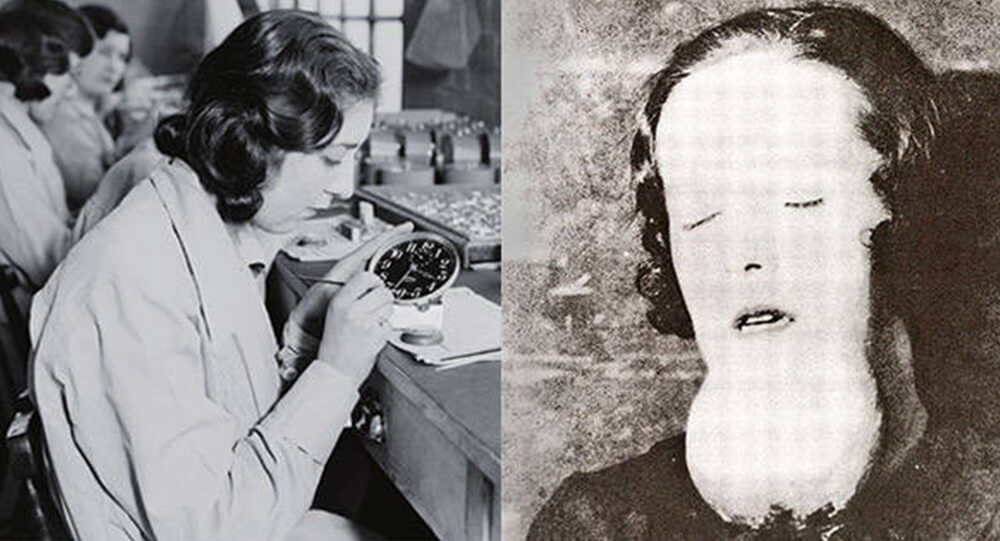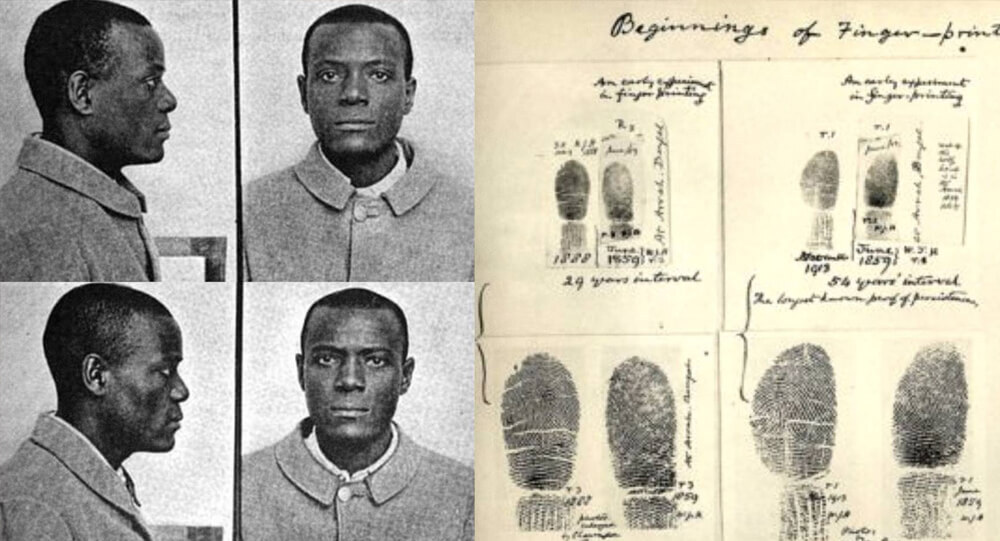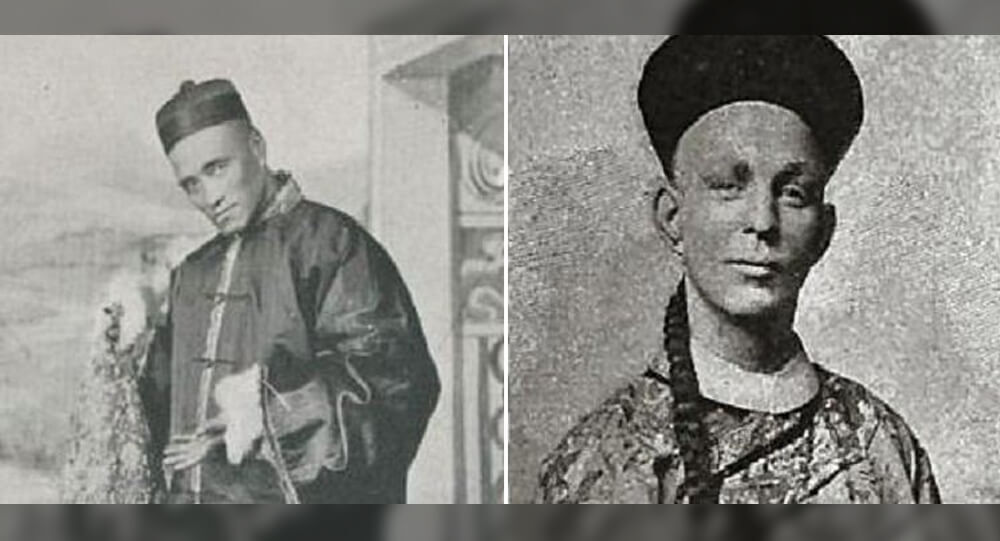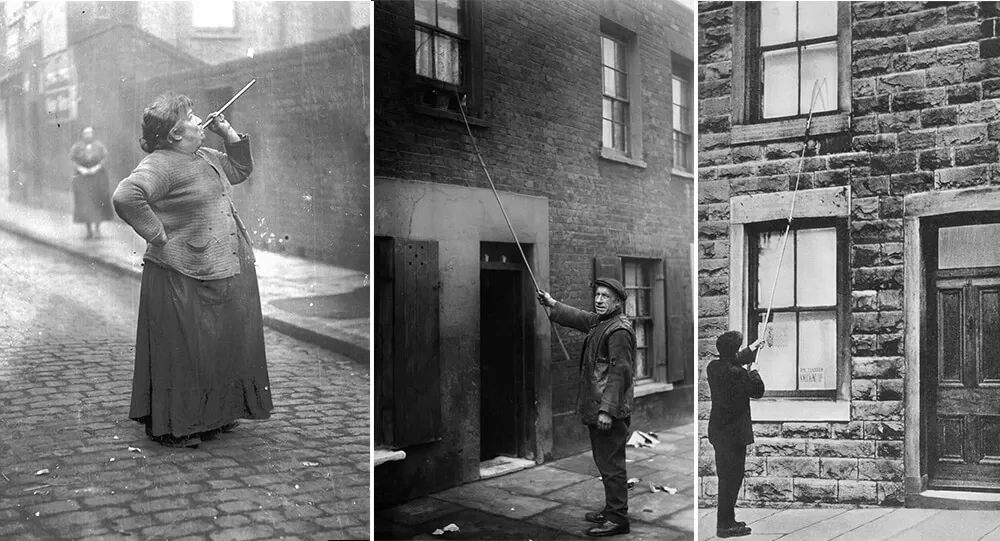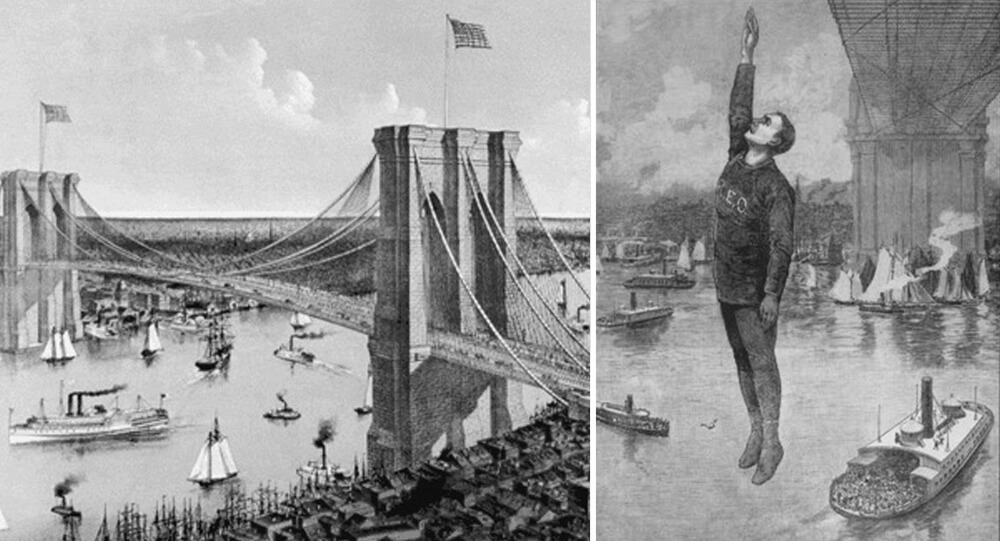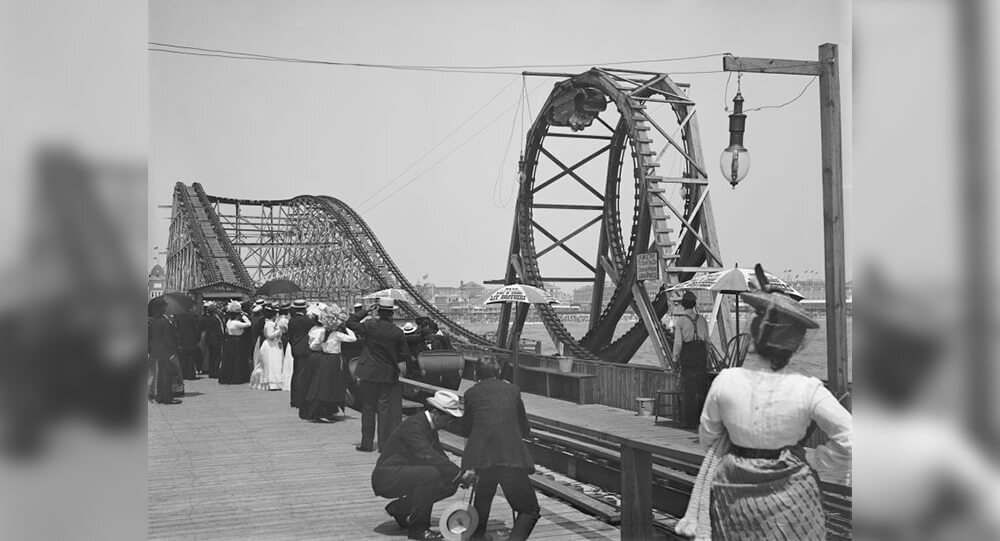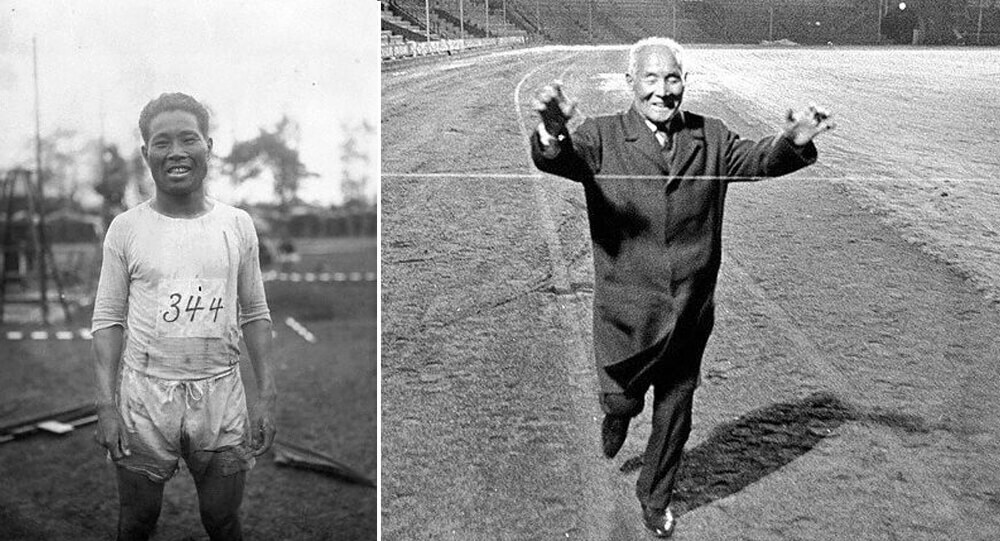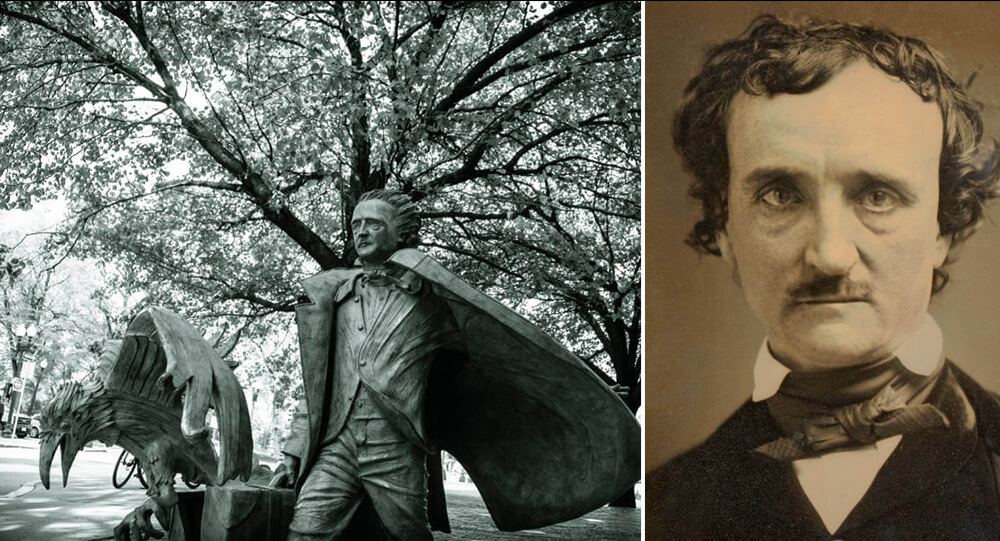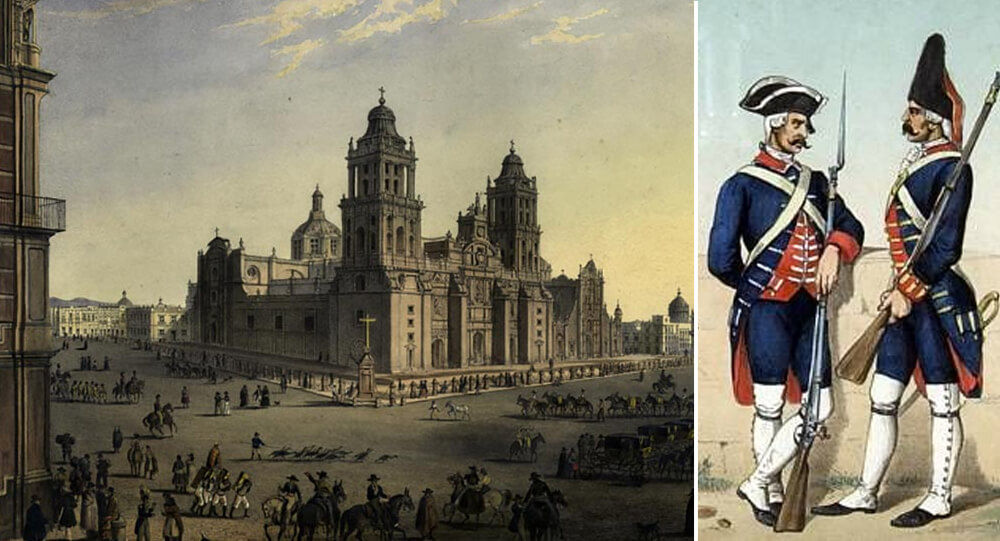

Did Gil Pérez Really Teleport from Manila to Mexico Overnight? The 1593 Mystery
ESP, time travel, and teleportation are frequent plot devices in fiction. Why not? (Try counting how many time-defying tropes-containing books, films, or television shows were published this year.) It’s an intriguing idea, especially given that physicists claim it’s entirely feasible. But most of the time, reality is stranger than fiction.
Consider the Moberly-Jourdain incident, in which two women, Eleanor Jourdain and Charlotte Anne Moberly, asserted that they had traveled through time while at the Palace of Versailles in 1901. According to legend, the two realized that everything appeared unusual and surreal as they made their way to the Petit Trianon through the gardens after getting lost. They even implied that they had traveled back in time or had been haunted when they claimed to have encountered Marie Antoinette.
Although the Moberly-Jourdain incident is still one of the most well-known supernatural urban legends, there was the enigmatic case of the Spanish soldier Gil Pérez who is said to have teleported from Manila to Mexico in the 16th century years before.
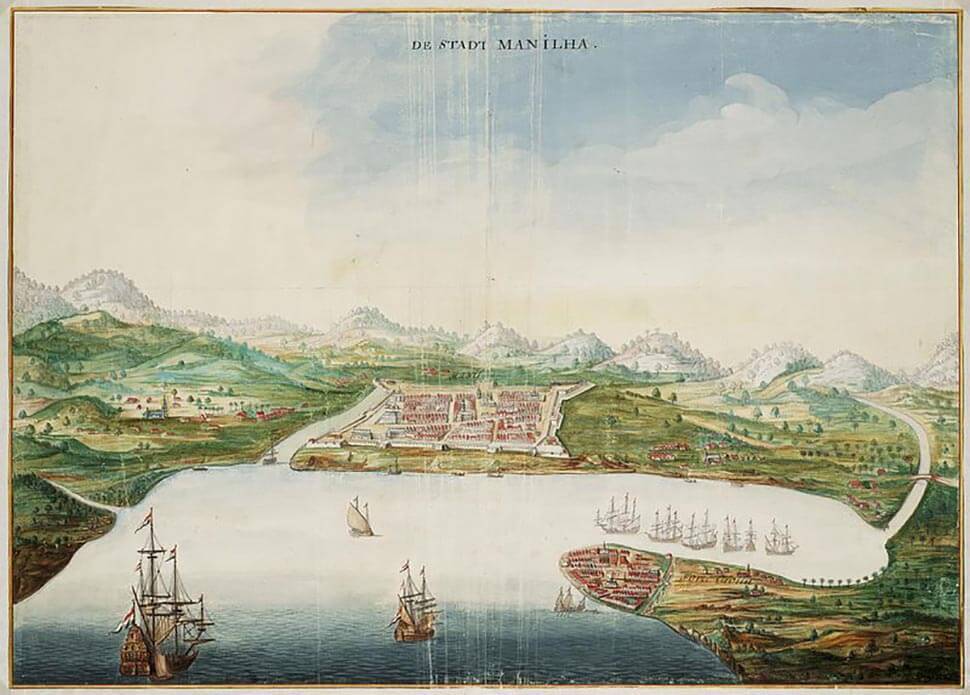
Gil Pérez served as a soldier for Spain in the early days of its administration of the Philippines. He served as a palace guard for the Gobernador-General as a member of the Guardia Civil. However, during a voyage to the Moluccas in October 1593, Chinese pirates assassinated the seventh governor-general, Gómez Pérez Dasmarias. Given that Dasmarias hadn’t chosen a successor and that there were several eminent Spaniards vying for the position, the time following his death was quite hectic.
During the early years of Spain’s rule in the Philippines, Gil Pérez served as a soldier. He was a guard for the Gobernador-palace General’s and a member of the Guardia Civil. However, on one occasion in October 1593, Chinese pirates killed the seventh governor-general Gómez Pérez Dasmarias while they were on an expedition in the Moluccas. When Dasmarias passed away, there was a lot of competition for the position among several well-known Spaniards because he hadn’t chosen a successor.
Pérez was reportedly guarding the palace when he reportedly started to feel faint and exhausted due to the tense circumstances. He then rested his head against the wall and fell asleep for a brief period of time. However, when he opened his eyes, he was shocked to discover that he had moved to a completely different location. He was told that he was in Mexico City’s Plaza Mayor (now known as the Zocalo) when he asked a passerby where he was. Guards in New Spain soon learned about Pérez because of his assertions and his peculiar Manila uniform. He was presented to the authorities, including Viceroy Luis de Velasco of New Spain, whose palace was where he was transported to.
Despite their understandable shock, Pérez was able to provide them with thorough answers to all of their questions, including the assassination of Dasmarias, which would not be proven for months because it had only occurred the night before. The Viceroy appreciated Pérez’s justifications, but it was only a matter of time before religious authorities got involved. He was given to the Holy Office of the Inquisition, also called the Spanish Inquisition, for additional interrogation. He was transported from Mexico to Santo Domingo in the Caribbean and imprisoned for leaving and being a “servant of the devil.”
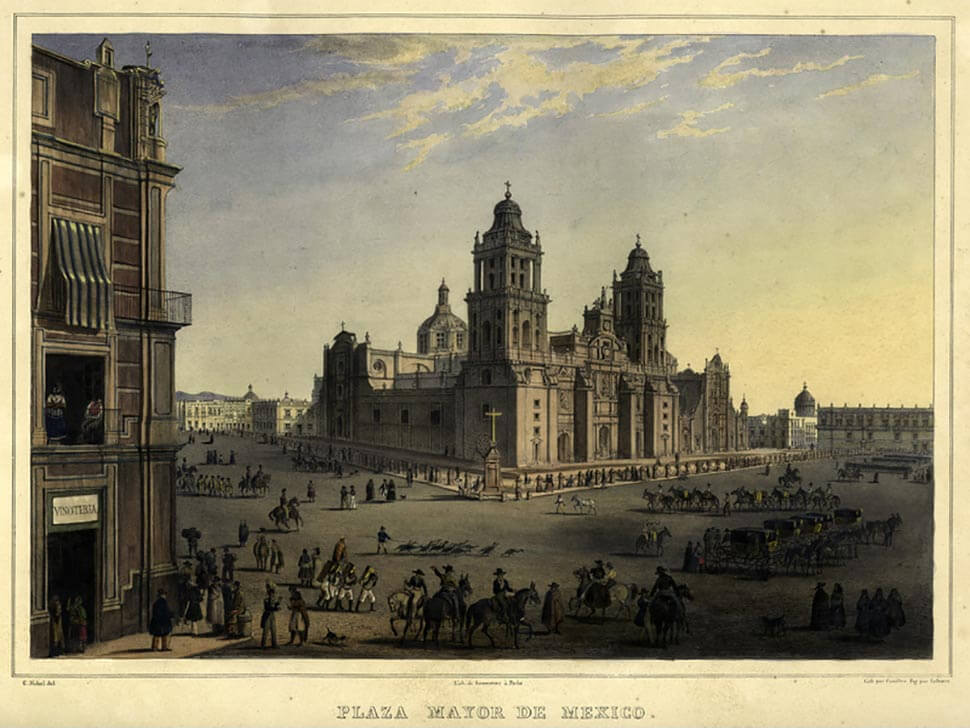
Pérez, a devoted and decorated soldier, handled everything well and cooperated with the law. It was even claimed that he chose prison over battling the Philippines’ jungle men. He was ultimately discovered to be a devoted Christian, and because of this discovery and his good behavior, he was never charged with any crimes. However, because the situation was so unusual, the authorities were at a loss for what to do and kept him behind bars until they made a firm decision.
When a Spanish galleon finally made its way to Acapulco, it was revealed that Pérez’s allegations about the Gobernador-General were accurate. Some of the passengers even recognized him as a palace guard when he was returned to Mexico. He was subsequently released and sent back to Manila on the following ship.
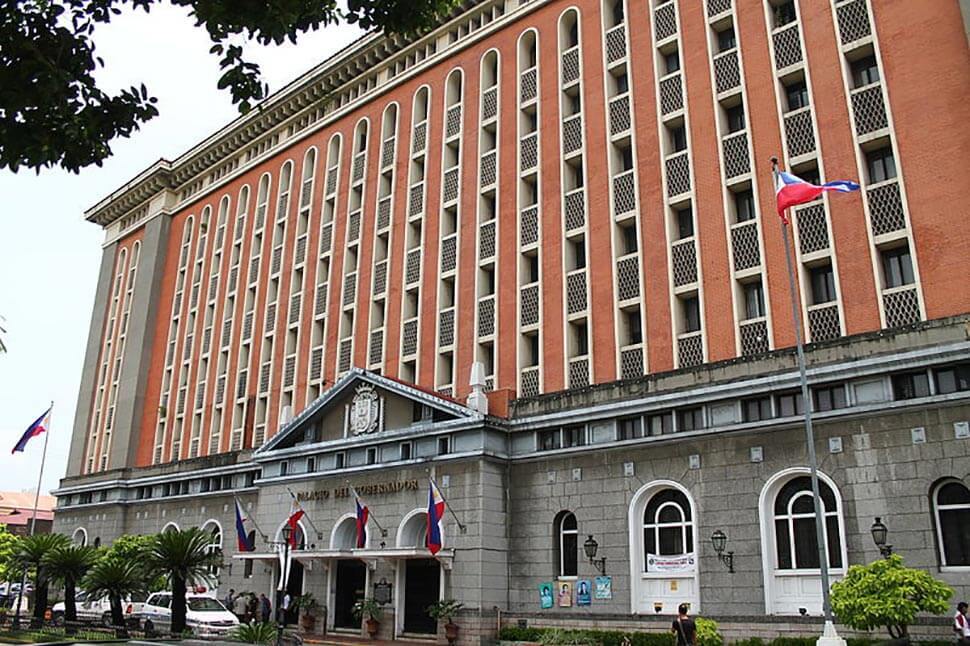
The tale of Pérez has since gained notoriety. The American folklorist Thomas Allibone Janvier, Washington Irving, Luis González Obregón, Gaspar de San Agustn, Antonio de Morga, and even José Rizal have all written books and stories about it.
Although the story may seem unbelievable, people are still attempting to explain it centuries later. Perhaps a trip to Intramuros’ Palacio del Gobernador, where the Gobernador-former General’s residence during the Spanish colonial period once stood, will do for the time being.

The Tragic Story Of Mary Ann Bevan, The ‘Ugliest Woman In The World’
After the death of her husband, Mary Ann Bevan had no income to support herself and her children. She then decided to enter a contest where she won the title of “ugliest woman” and was later hired by a circus. She endured this ridicule from the world to provide for her family.

Vince Coleman, a railway dispatcher, sacrificed his own life
Vince Coleman, a railway dispatcher, sacrificed his life in order to warn an incoming train of an imminent explosion. His telegraph said “Hold up the train. Ammunition ship afire in harbor making for Pier 6 and will explode. Guess this will be my last message. Good-bye, boys.” He saved 300 lives.

The true story Of The Radium Girls that change US labor laws
Hundreds of young women worked in clock factories during World War I, painting watch dials with luminous radium paint. The company lied about the risk of radiation, claiming there was no danger, which resulted in the death of the young women.

Story of Kathrine Switzer: the first woman to run in Boston Marathon
Before women were allowed to run in the Boston Marathon, Kathrine Switzer participated. A race official attempted to forcefully remove her from the race in 1967, but her boyfriend pushed him down. She was the first female finisher who had a numbered entry in the race.

The unbroken seal on King Tutankhamun's tomb until 1922
The unbroken seal of Tutankhamun's tomb before it was opened in 1923, it was unbroken for over 3000 years.

Keith Sapsford: The Story of 14-Year-Old Stowaway
The final image of 14-year-old Australian Keith Sapsford, who aspired to travel the world. In February 1970, he sneaked into the wheel-well of a plane flying from Sydney to Tokyo. It opened mid-air & fell out. When a photographer was testing a new lens, he captured this moment on film and was surprised when it developed.

Will & William Wests: The puzzling situation of two inmates who are identical but not related
These are the mugshots of Will West and William West, and they are not related. They were both sent to Leavenworth Prison at the same time, in 1903, and after some confusion, the staff understood they had two different prisoners with the nearly same name, who looked exactly alike. They are part of the reason fingerprints are now used as identification.

Charlie Brown and Franz Stigler incident: Enemy became friends
During WWII, a German pilot spotted an American pilot’s crippled plane in the sky. Tailing it, he noticed that gunner was dead, crew injured, and they posed no threat. Instead of destroying the plane, he led it to safety. 40 years later, the two pilots reunited.

The touching story of David Vetter (bubble boy), the 'boy who lived in a bubble
David Vetter lived his whole 12 years in sterile “bubble”. He was “outside” for 20 second after being removed from his mother’s womb. He never touched any human.

Mother who spent entire life savings for daughter’s cancer treatment won the lottery
A mother won $2 million from a $10 scratch-off lottery ticket after she spent all of her entire life savings to pay her daughter’s cancer treatment. She bought the winning ticket after her daughter’s last cancer treatment.

Medieval Medicine: A 1,000-year-old onion and garlic salve kills modern bacterial superbugs
Scientists recreated an Anglo-Saxon manuscript-based 9th century onion and garlic eye remedy and discovered that it killed 90% of antibiotic-resistant staph bacteria (MRSA).

Medals of Friendship: The Enduring Olympic Story of 1936
At the 1936 Summer Olympics, two Japanese pole vaulters named Sueo Oe and Shuhei Nishida tied for second, but they declined to compete against each other. As a result, Nishida was awarded the silver medal and Oe won a bronze medal. Upon returning to Japan, the athletes had their medals cut in half and spliced together to create new "friendship medals," which were half silver and half bronze.

The incredible story of a plane that lost its roof in mid-flight and the light signal that saved 94 lives.
On April 28, 1988, Aloha Airlines flight 243 was on the way to Honolulu from Hilo when a huge portion of the upper part of the fuselage blew off the airplane.

The Bizarre (And Magical) Duel Between Chung Ling Soo And Ching Ling Foo
Ching Ling Foo and Chung Ling Soo were two magicians from the early 20th century who were bitter rivals. While Ching Ling Foo was genuinely Chinese, Chung Ling Soo was actually a New Yorker named William Robinson.

Knockers-up: waking up the Industrial Britain's Workers in 1900-1941
Before alarm clocks were invented, there was a profession called a knocker-up, which involved going from client to client and tapping on their windows (or banging on their doors) with long sticks until they were awake. It lasted into the 1920s.

Robert Odlum, the first person to jump off the Brooklyn Bridge
The first person to jump off the Brooklyn Bridge was a professional high diver who "wanted to demonstrate that people did not die simply by falling through the air, thus encouraging people to be willing to jump from a burning building into a net." He proved himself correct by safely falling 135 feet through the air and dying only when he hit the water.

10 world’s most destructive and dangerous volcanic eruptions in history
Volcanic eruptions can devastate cities, change the world's atmosphere, and devastate economic systems. They can create molten lava rivers, mudslides, suffocating ash, and poisonous gases that cause chaos around the world for years. A volcanic explosion's effects can be massive, from its size to its death toll to its economic cost. Here is ten world’s most destructive and dangerous volcanic eruptions in history.

Roller Coasters were First Invented to Distract People from sin
Roller coasters were invented to distract Americans from sin. In the 1880s, hosiery businessman LaMarcus Thompson didn’t like that Americans were going to places like saloons and brothels and created the first roller coaster on Coney Island to persuade them to go there instead.

Man's Blood Helped Save Millions of Babies
Australian blood donor James Harrison has been one of our most impressive and valued donors, having donated for 60 years. Know his story, how he was a pioneer of our Anti-D program, and why this matters.

Why the Word ‘Pen’ Comes from the Latin ‘Penna’ Meaning Feather
The humble word “pen” carries a rich history rooted in ancient times, derived from the Latin word penna, meaning “feather.” Long before modern pens revolutionized writing, feather quills—especially from geese—were the essential tools of scribes, scholars, and artists. This article journeys through the origins of the pen, its evolution, and fascinating trivia about the timeless connection between feathers and writing.

Shizo Kanakuri’s 1912 Olympic Marathon Finished 54 Years
At the 1912 Olympics, a marathon runner quit and went home to Japan without telling officials and was considered a missing person in Sweden for 50 years. In 1966, he was invited to complete the marathon. His time: 54 years, 8 months, 6 days, 5 hours, 32 minutes, and 20.379 seconds.

Remembering the miracles of the 1985 Mexico earthquake (unbelievable stories)
In 1985, after an 8.0 magnitude earthquake hit Mexico City, nearly all newborn babies survived a collapsed hospital. They are known as “Miracle Babies” for surviving 7 days without nourishment, water, warmth or human contact.

Inside The Mysterious Death Of The Famed Gothic Writer Edgar Allan Poe
Hours before his death Edgar Allen Poe was found on the streets of Baltimore. He was incoherent, wearing another man’s clothes, and unable to explain how he got there. The cause of his death is an unsolved mystery.

June and Jennifer Gibbons The silent twin who Only Spoke to Each Other
Identical twins June and Jennifer Gibbons were born on 11 April 1963 at a military hospital in Aden, Yemen where their father worked as part of the Royal Air Force.

Albert Einstein’s brain after it was stolen from his body
Albert Einstein's brain was taken by the opportunistic pathologist who performed his autopsy hours after he died and kept in two jars for 30 years. The stolen brain of Albert Einstein was preserved in a cookie jar for 30 years until being discovered by a journalist.



